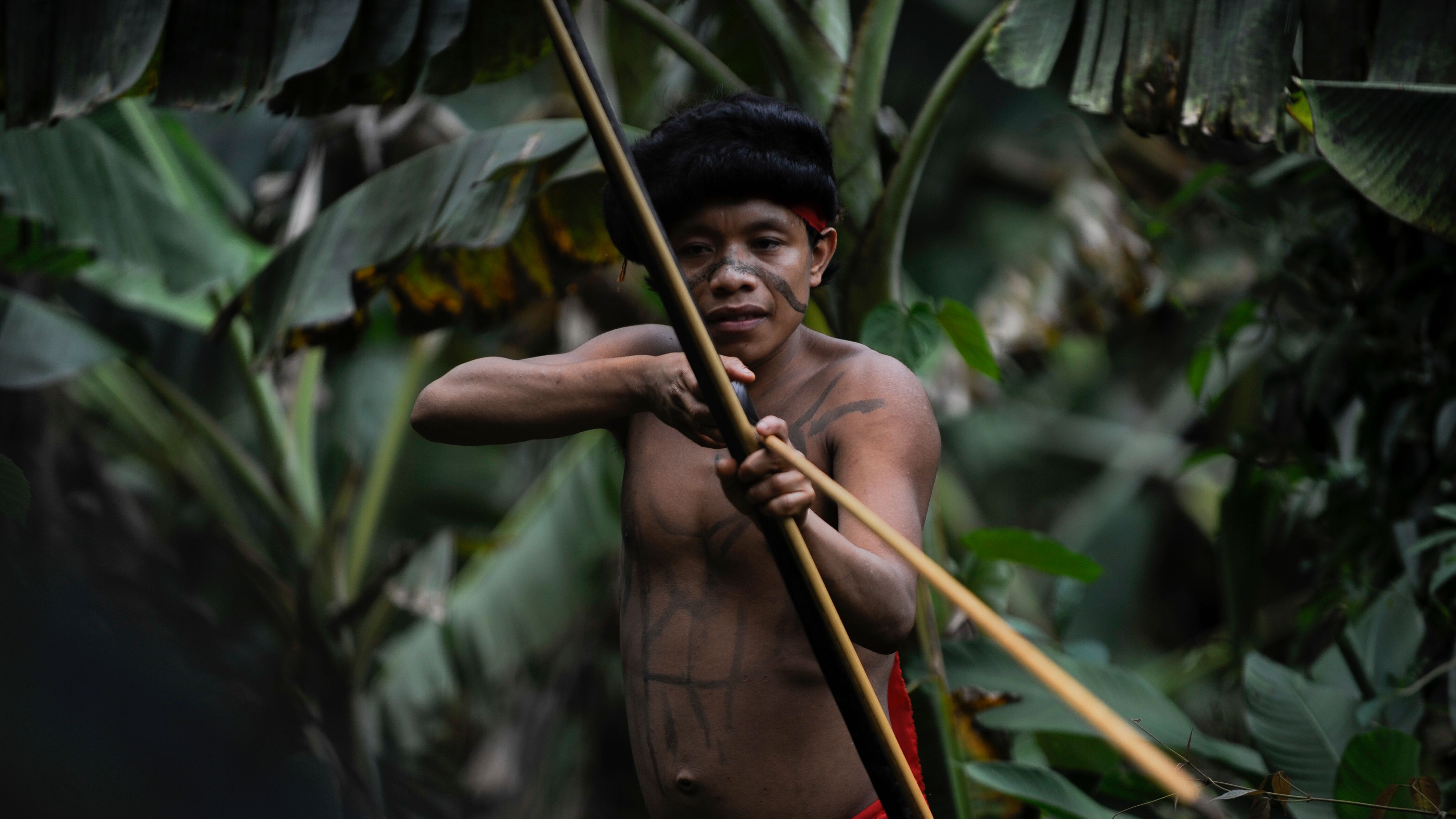By: Josh Hafner – usatoday.com – November 26, 2018
The next time you visit a grocery store you may wonder why most of the fresh produce is individually wrapped or packaged.
The death of an American killed by members of an isolated Indian tribe has turned a spotlight not only on the bow-wielding natives of North Sentinel Island but on “uncontacted” tribes around the world.
Fishermen who took John Allen Chau to the island reported later seeing tribespeople drag his body across a beach before burying his remains. Chau, 27, hoped to “declare Jesus” to them.
The Sentinelese lack immunity to common diseases such as the flu, and exposure from outsiders threatens their population, according to Survival International, a nonprofit focused on indigenous rights. Tribes elsewhere in the world face disease as well as land loss to industries such as ranching and logging.
Here’s a look at tribes largely isolated from the outside world.
Awá (Brazil)
Dubbed the “world’s most endangered tribe,” perhaps 100 of the Awá’s roughly 600 members still live nomadically in the Amazon forest covering Brazil’s border with Peru, according to an in-depth National Geographic report this year. They live with “near constant” threats from illegal logging and wildfires, the magazine found, inspiring another tribe — the Guajajara — to rise up to protect them as “Forest Guardians.”
Survival International✔
Papuan Tribes (West Papua)
About 312 tribes live in West Papua, an Indonesian province on the island of New Guinea off Australia. Much remains unknown of those that are uncontacted, Australia’s news.com.au reported, with less isolated tribes telling of remote groups in the highlands. Those in the highlands grow sweet potatoes and farm pigs, according to Survival, and the Papaun peoples are ethnically distinct from the Indonesians who now occupy the land — often amid conflict.
Mashco Piro (Peru)
The Mashco Piro are one of an estimated 15 uncontacted tribes in Peru, all of which face threats from encroaching oil and logging industries according to Survival. The Mashco Piro have largely shunned outsiders, Reuters reports, but have emerged increasingly in recent years amid displacement. They traditionally hunt and gather turtle eggs for food, the agency reports, with the government estimating their number at fewer than 800.
Palawawn (Phillipines)
The Palawan in the southern parts of the Philippines’ Palawan island number about 40,000 in all, Survival says, but those in the interior remain isolated with scant outside contact. They practice shifting cultivation, allowing the forest to regenerate as they shift their farmlands from place to place, the nonprofit notes, but have found themselves threatened by open pit and strip mining in recent years. A tribe in northern Palawan called the Batak total about 300 suffer from low rice yields after their shifting cultivation was partially banned by the government, travel magazine Wanderlust reported.
Kawahiva (Brazil)
The Kawahiva — called “short people” or the “red head people” by neighboring tribes — were likely forced into a nomadic lifestyle in recent decades amid deforestation of Brazil’s Amazon rainforest, according to Survival. “Past this, very little is known about them, because they have no peaceful contact with outsiders,” the group reported. They hunt, gather and build complex ladders up trees in order to collect honey, per Survival, which told CNN the Kawahiva have “probably no more than 30 left.”
Ayoreo (Paraguay)
Ayoreo members living isolated in the Chaco — South America’s largest forest outside of the Amazon — may be the continent’s last uncontacted indigenous group outside the Amazon basin, Reuters reported in August. Members have both attacked and fled from bulldozers, which they called “beasts with metal skin,” as loggers cleared the forest they call home, according to Survival. An unknown number live nomadically in the forest today after contact with outside groups including missionaries led to deadly conflict and disease, the group says.
Yanomami (Venezuela)
The Yanomami have lived in the rainforest stretching from southern Venezuela to northern Brazil for thousands of years numbering 40,000 in all in 2014, the Washington Post reported. Davi Kopenawa, a Yanomami shaman, has told Survival that those Yanomami living uncontacted — known as Moxateteu — are “many” and “suffering just like we are.” Besides threats from gold mining, the Yanomami face a scarcity of critical medical care in Venezuela, the nonprofit noted. A measles outbreak infecting 500 Yanomami this year threatened them with devastation, the Guardian reported, echoing an earlier outbreak in the 1960s.
To see this article, click read more.
Source: Beyond North Sentinel: A look at uncontacted and isolated tribes
 Listen Online
Listen Online Watch Online
Watch Online Find a Station in Your Area
Find a Station in Your Area









 Listen Now
Listen Now Watch Online
Watch Online
